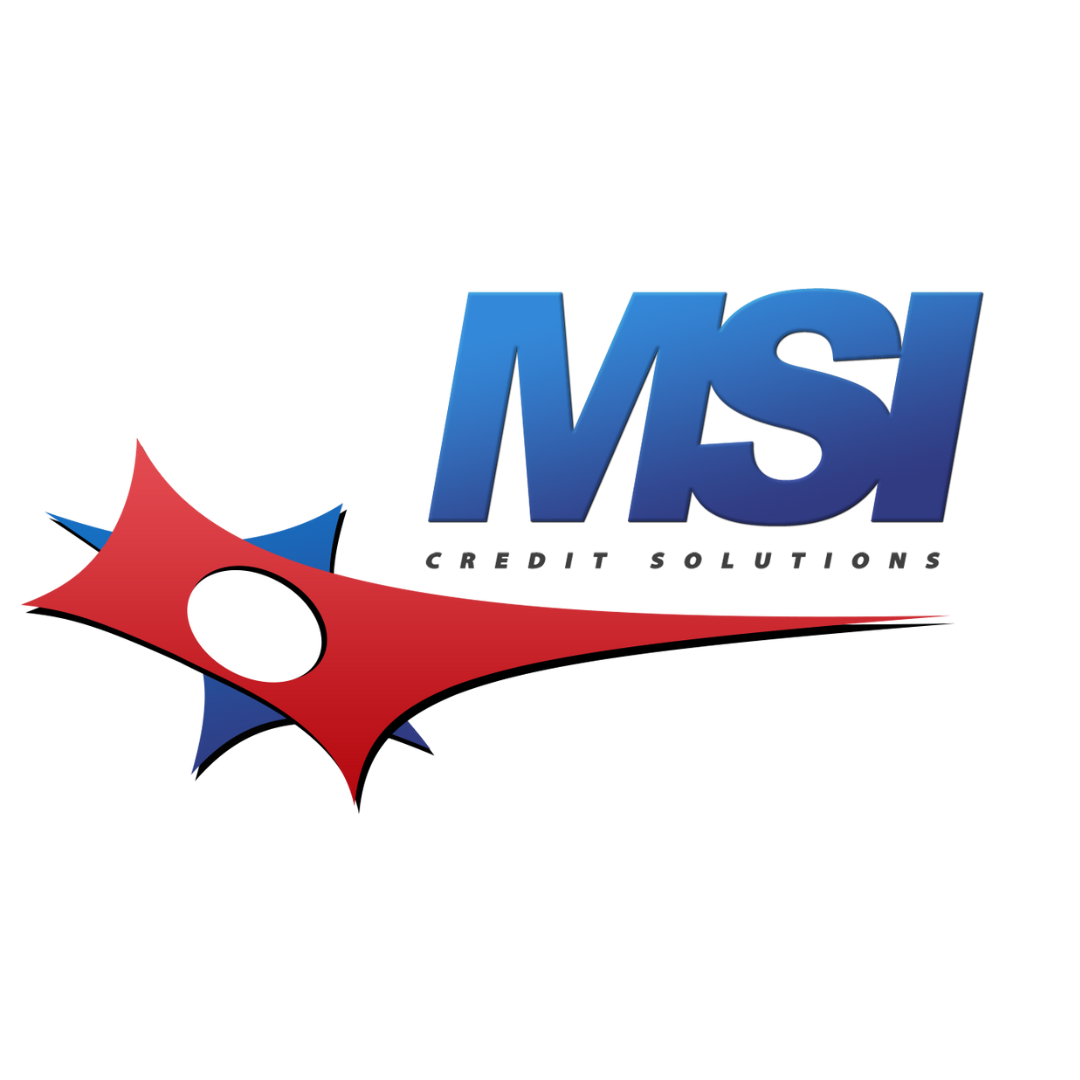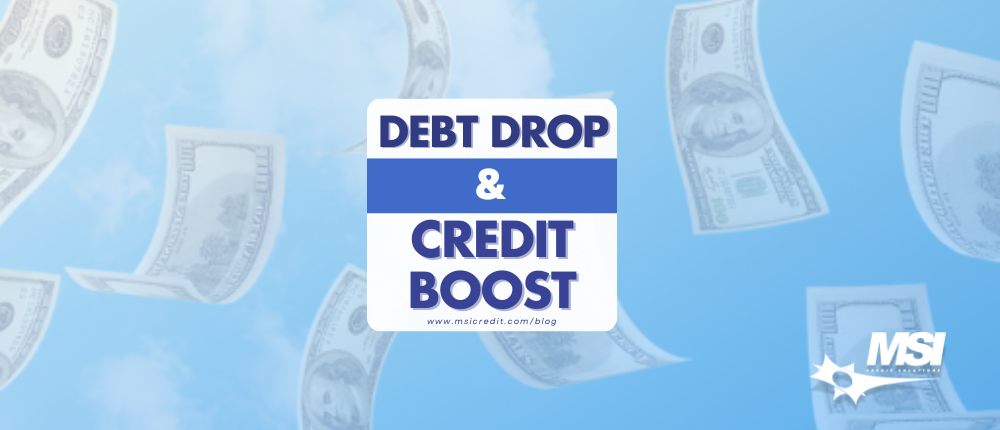1. Target High-Interest Credit Card Debt: The Fastest Win
Your highest-interest credit card is a financial emergency. It’s actively working against you every single day through compounding interest. Prioritizing this debt is the most effective first step you can take.
- Understand the Real Cost: That 24% APR credit card isn’t just a number. For every $1,000 you carry on that card, you’re paying the bank $240 a year just for the privilege of being in debt. Paying off a $2,500 balance on a card like this could save you $600 per year in interest payments alone.
- Instantly Boost Your Score: One of the largest factors in your credit score (about 30%) is your Credit Utilization Ratio. This is the amount of revolving debt you have compared to your total credit limits. By paying down your card balances, you directly lower this ratio. Lenders see high utilization as a sign of risk, so reducing it can lead to a quick and substantial score increase.
- Action Goal: Aim to get every credit card balance below 30% of its limit. For example, if a card has a $5,000 limit, your goal should be to get the balance under $1,500.
2. Settle Collection Accounts: Erase the Past
A collection account is one of the most damaging items on a credit report, acting as a major red flag to potential lenders. Using a portion of your refund to settle these accounts can be a game-changer.
- Negotiate from a Position of Strength: You have cash in hand, which makes you an attractive negotiating partner for a collection agency. They often buy debts for pennies on the dollar and are willing to accept a reduced payoff amount to close the file.
- The Pro Tip That Matters Most: Demand a “Pay for Delete.” Simply paying a collection account changes its status to “paid collection,” but it doesn’t remove the negative mark from your report. It’s still a scar. To truly repair the damage, you must negotiate for a “pay for delete.” This is a written agreement stating that in exchange for your payment, the agency will completely remove the account from your credit report as if it never happened.
- Action Goal: Always get the settlement agreement—including the “pay for delete” clause—in writing before you send any payment.
The Smart Refund Allocation Strategy: A Balanced Approach
Don’t throw your entire refund at one problem. A balanced strategy ensures you attack debt while also building a foundation for future financial stability.
- 50% – High-Interest Debt Elimination: This is your power play. Dedicate half your refund to aggressively paying down high-interest credit cards or settling a collection account. This provides the most immediate relief and the biggest boost to your credit score.
- 30% – Emergency Fund/Savings: This is your shield. An emergency fund is what prevents you from falling back into debt when an unexpected expense arises. Without savings, a car repair or medical bill can undo all your hard work.
- 20% – Additional Credit Repair Efforts: Use this portion to build new, positive credit. This could be the security deposit for a new secured credit card or a tool to help you secure a debt consolidation loan.
Immediate Credit Score Impact Techniques
Once your high-interest debt is addressed, you can use these secondary strategies to build momentum.
1. Debt Consolidation Options
If your refund isn’t enough to wipe out all your high-interest debt, consider using it as a catalyst for debt consolidation. A personal loan can be used to pay off multiple credit cards.
- Simplify Your Life: Instead of juggling multiple due dates and interest rates, you’ll have one single, fixed monthly payment.
- Lower Your Interest: Personal loan interest rates are often significantly lower than credit card APRs, saving you money over the life of the loan.
- Improve Your Credit Mix: Credit scores favor a healthy mix of credit types. Adding an installment loan (the personal loan) to your profile of revolving credit (credit cards) can result in a score increase.
2. The Secured Credit Card Strategy
If you have damaged credit or a thin credit file, a secured card is the perfect rebuilding tool.
- How It Works: You provide a cash deposit (e.g., $300 – $500 from your refund), and the bank gives you a credit line for that same amount.
- Build Positive History: Use this card for a small, recurring purchase (like a streaming service or your gas bill) and pay the balance in full every single month. This demonstrates responsible credit management and adds positive payment history to your report, which is the single most important factor for your score.
Avoiding Common Pitfalls on Your Journey
Your mindset and habits are just as important as your strategy.
|
❌ DON’T |
✅ DO |
|
Spend the entire refund on impulse buys or non-essentials. |
Create a detailed, written plan for every dollar of your refund before it even hits your account. |
|
Ignore the underlying spending habits that led to the debt. |
Track your progress monthly to stay motivated and make adjustments as needed. |
|
Fail to create a follow-up financial plan for after the refund is used. |
Set up automatic payments for all your bills to ensure you never miss a payment. |
|
— |
Continue to build your emergency savings into a robust fund that can cover 3-6 months of expenses. |
Real-World Impact: Sarah’s Credit Repair Journey
Sarah received a $3,200 tax refund and felt overwhelmed by her debt. Using the strategy above, she:
- Paid off a $2,000 high-interest credit card (50% rule + extra).
- Opened a $500 secured credit card to build new positive credit (part of the 20% rule).
- Put the remaining $700 into a high-yield savings account to start her emergency fund (30% rule).
The result? By eliminating a high-interest balance and building new credit, Sarah’s credit score jumped 45 points in just three months, opening the door to better interest rates and financial freedom.
Take the Next Step with Expert Guidance
While these strategies provide a powerful framework, the world of credit repair is complex and unique to each individual. Navigating negotiations with creditors and optimizing every last point on your credit score is where professional guidance makes all the difference.
The credit repair specialists at MSI Credit Solutions can:
- Perform a deep analysis of your unique credit profile.
- Develop a personalized, step-by-step debt reduction and credit-building strategy.
- Handle communications and negotiations with creditors and collection agencies on your behalf.
- Provide ongoing support and guidance to ensure you reach your goals.
Schedule a FREE consultation with MSI today and learn how to strategically reduce your debt with proven techniques. Not all debt is created equal. To make the biggest impact, you ne Our experts are ready to help you take control of your financial future.
Request a Consultation with MSI
Disclaimer: Individual results may vary. Consult with financial professionals for personalized advice





